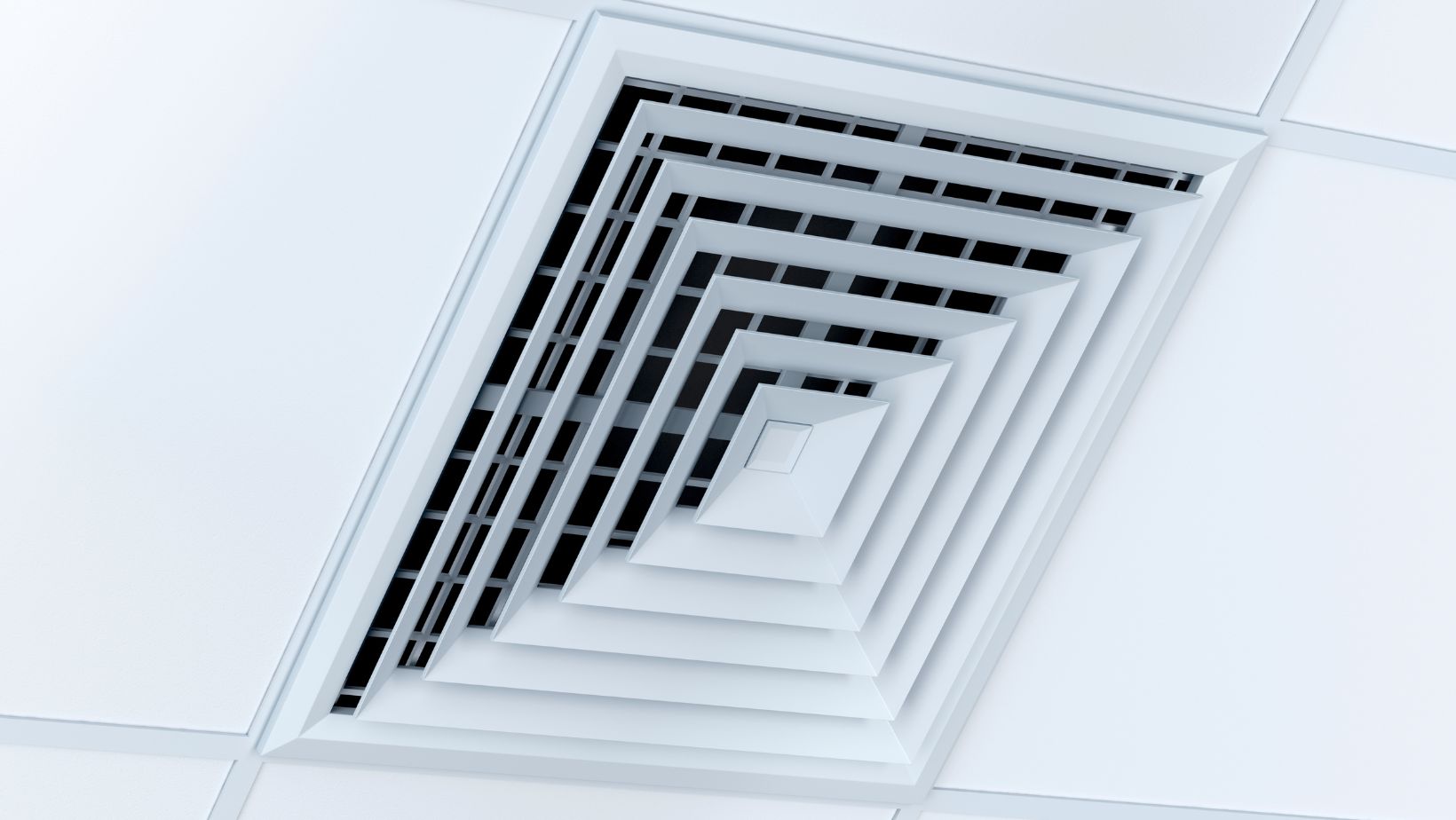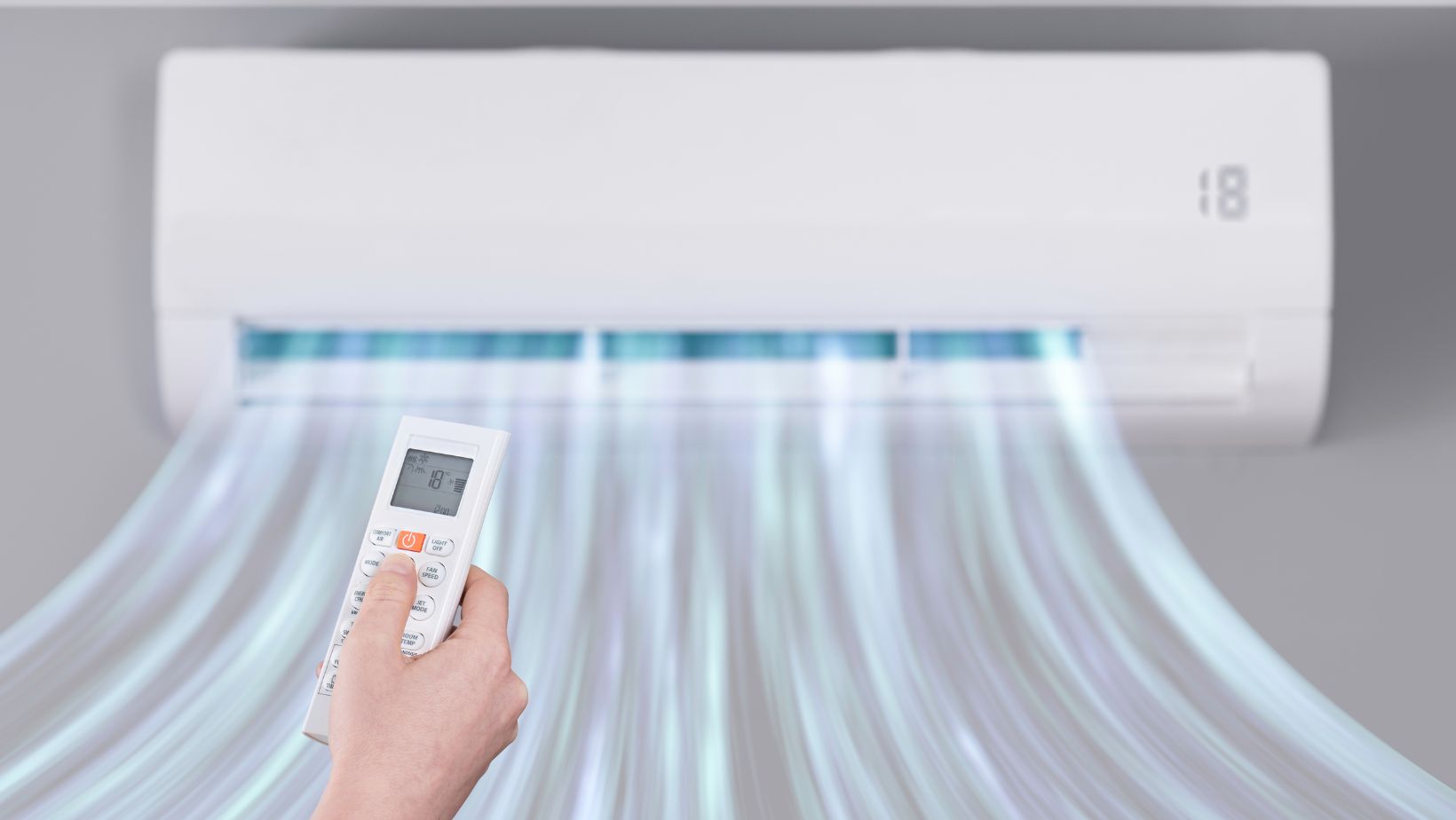Improved airflow through a house will keep your family member’s comfort while allowing the reduction in energy use in times of hot and extremely cold seasons. Proper ventilation guarantees that during warmer periods, air can move well to make one cool and at the same time spread warm air around the house in winter. Having appropriate flow in a room ensures a comfortable atmosphere that results in energy-saving utility bills with constant indoor temperature levels. Below are a number of ways that improve home air flow all-year-round.
Contents
Table of Contents
ToggleStart with Your HVAC System
The first critical thing in improving air circulation in the house is through your heating, ventilation, and air conditioning, usually abbreviated as HVAC. Making sure filters are changed, cleaned, or checked for any blockages could go a long way in your HVAC system, impacting airflow quite significantly. A dirty or clogged filter restricts airflow, making your system work harder, possibly increasing your energy costs. Besides, an outdated furnace installation or one that is not appropriately sized for your house will struggle to heat or cool your living spaces efficiently. If your HVAC system is not delivering adequate airflow, it may be indicative of an underlying problem that could necessitate professional inspection, repair, and furnace installation.
Keep Air Vents and Registers Clear
Other simple but commonly overlooked steps to improve airflow include keeping your air vents and registers free. Furniture, curtains, rugs, and many other items can easily block air vents and restrict the airflow across the room. For consistency in airflow, ensure all vents are open and not covered by objects. Consider moving furniture around or installing air vent covers that allow airflow to pass without obstruction in high-traffic areas or under heavy furniture. Even the smallest adjustments can create a big difference in comfort and efficiency.
Optimize Your Home’s Insulation
Although proper insulation is often associated with maintaining warmth in your home during winter, it also helps in enhancing airflow. Good insulation helps maintain a consistent temperature inside your home, which reduces the burden on your HVAC system to constantly adjust the temperature.
If your home lacks proper insulation or if it’s outdated, heat may escape in the winter or enter during the summer, causing your HVAC system to work overtime. You can have improved ventilation by installing better insulation in attics, basements, and walls to lighten the burden on heating and cooling systems.
Utilize Ceiling Fans and Exhaust Fans
Ceiling fans and exhaust fans are low-cost, efficient ways to enhance airflow within your house. The ceiling fans work by forcing warm air down during winter and pulling cool air up during summer. Switch the direction of your ceiling fan with the seasons. In winter it should run clockwise, driving warm air from the ceiling down to the floor. Conversely, in summer its operation should be counterclockwise for pulling cool air up, thereby creating a cooling breeze. While kitchens and bathrooms in most houses are usually equipped with exhaust fans, the removal of surplus heat and humidity prevents the build-up of stagnant air. The fans ensure that air can flow freely around your house and that the ventilation is good as a whole.
Seal Gaps and Leaks
Air leaks around windows, doors, and ducts drastically cut down airflow within a house. These will help prevent the escape of conditioned air and infiltration of outside air into your living spaces. First, check your windows and doors for drafts; seal any noticeable gaps with weatherstripping or caulking. Then, check your ductwork for leaks; this, too, can cause a tremendous loss of conditioned air.
Not only will sealing these leaks improve airflow, but it will also help raise the energy efficiency of your home since your HVAC system won’t have to do any extra work to maintain the temperature. Since most of the tiny details are taken into consideration, that would keep your house friendly throughout the year.
Balance Your Home’s Airflow
Perhaps the most effective way to improve airflow within your house is through balance. Some rooms in many houses are stuffy, while others are drafty. The reasons could be closed vents, problems with the ductwork, or even the wrong placement of air returns. The secret to balancing airflow in your home is to keep supply and return air vents free and clear of obstructions and for each room to have the proper levels of air circulation. Sometimes, balancing might involve installing additional or relocating existing vents. Alternatively, it may include adjusting your fan speed with the HVAC system. A professional can help in balancing the air in your residence to ensure that each of the rooms will gain air for comfort in it.
Such basic tips can actually go a long way in assisting your house with its airflow, which massively improves comfort and energy efficiency in general HVAC effectiveness. In fact, basic adjustments to a house-regular servicing, optimization of insulation, or balancing air-maybe everything that will work wonders in your interior atmosphere.



